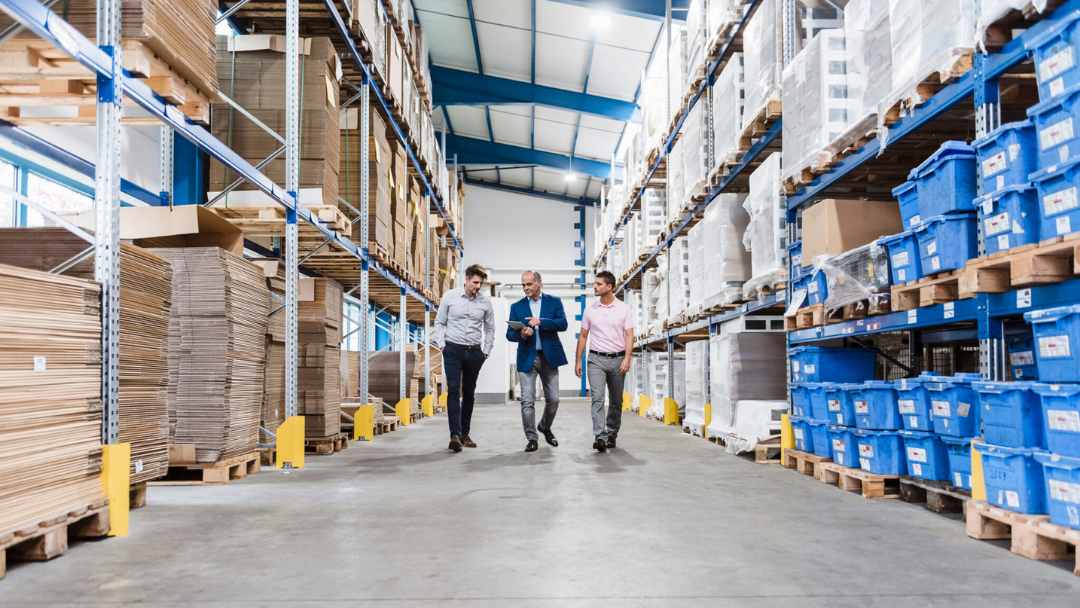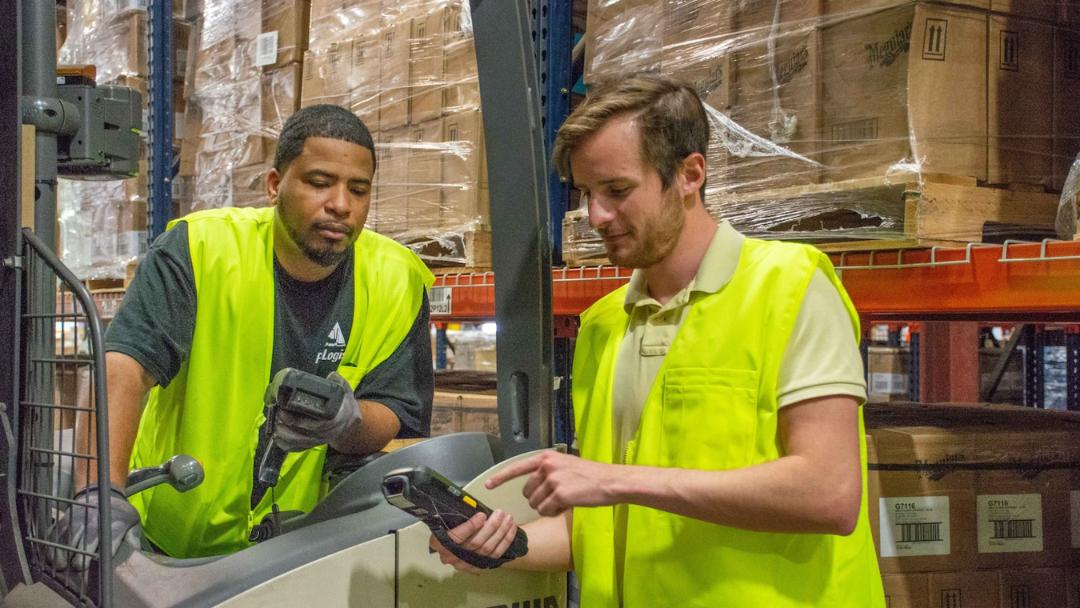As the world becomes increasingly digitized in what some call the Fourth Industrial Revolution, technology begins to blur the line between the physical and the digital. Rather than taking over for human workers, technological advancements have been empowering employees to boost productivity without added strain. This is especially true in the logistics industry, where automation, robotics and AI have transformed supply chain operations in the last few years. More recently, however, augmented reality has seen an increase in popularity as logistics leaders adopt the emerging tech to streamline processes and revolutionize the way warehouse workers do their jobs.
What is augmented reality?
Whereas virtual reality places the user in a completely synthetic environment, augmented reality (AR) is grounded in reality. The technology allows users to experience the real world with computer-generated elements superimposed in real time. This can be facilitated through devices like AR goggles, headsets or even just a smartphone. Specialized software uses the device’s cameras to scan the user’s actual environment. It then analyzes the data and displays 3D elements, often with accompanying information. In the context of a warehouse, an employee might be walking by shelves of products while their AR glasses highlight what they’re looking for.
Transforming the training experience
Perhaps the most crucial part of warehouse management involves hiring and training employees. Yet, 56% of supply chain professionals view this process as the most challenging aspect of the job. Because of this, warehouse operators are turning to technology to make their jobs more efficient.
Both VR and AR are rapidly being integrated and deployed in employee onboarding and training programs, as the virtually enhanced, interactive sessions allow employees to get comfortable with the responsibilities of their position. This is especially advantageous in fast-paced facilities filled with heavy equipment, as it provides a safe training environment. In addition, the cutting-edge technology can also act as a sales tool for HR departments looking to recruit a younger talent pool.
Streamlining supply chain operations
As previously mentioned, warehouse workers can use AR glasses to identify and visualize the product they need. But AR can go far beyond this by creating optimal routes for employees using machine learning, scanning the products automatically, entering them into the database and providing detailed picking order instructions. This reduces the time it takes warehouse pickers to do their jobs, eliminates errors in executing these tasks and boosts the facility’s overall productivity and efficiency.
Assisting technicians
In addition to improving warehouse productivity and efficiency, AR technologies can also be used to monitor and fix equipment. Many warehouses have already invested in IoT-based smart sensors that can detect problems with machinery before a catastrophic failure occurs. AR can help technicians detect these issues, diagnose the problem and find a solution, all in real time. If a malfunction occurs without an experienced technician available, AR glasses can facilitate a real-time call to an off-site expert who can guide them through the repair process.
As we move further into the new year, AR will continue to gain ground in the logistics industry as an invaluable tool with a limitless potential of applications.


